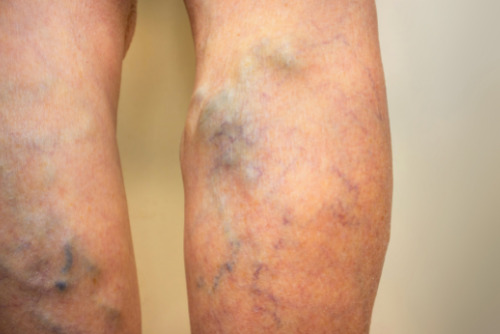Venous Stasis
This article does not constitute as medical advice.
If you are experiencing symptoms, contact your doctor or make an appointment.
This article does not constitute as medical advice.
If you are experiencing symptoms, contact your doctor or make an appointment.
Venous stasis or venostasis is a condition attributed to improper functioning of the veins in the leg. As a result, blood that should be carried back to the heart is not adequately transported. The misdirected blood results in swollen feet, pooling of blood in the feet, and blood clots. Venous stasis can also be a result of other conditions like chronic congestive heart failure and kidney disease.
This condition typically occurs when there is a problem with the patient’s veins. The lack of working valves to carry blood to the heart results in blood pooling in the legs. Several factors contribute to vein illnesses, and those who are the following are at greater risk:
If left untreated, this condition can become increasingly uncomfortable with time. Though not life-threatening, venous insufficiencies can make your day-to-day activities hard to perform. Look for symptoms such as:
If experiencing symptoms of venous stasis, contact your podiatrist, who can properly diagnose and offer customized treatment. In addition, individuals can implement lifestyle changes to both manage symptoms and prevent this condition altogether.
Prevention:
Treatment:
